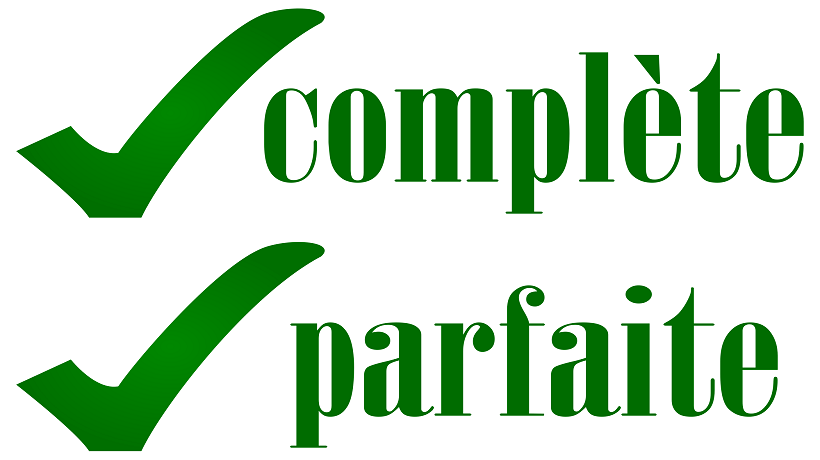5 Tips To Set Up An Email Based eLearning Program
If you do not have too many resources at your disposal, email offers one of the simplest, yet most effective ways to impart your elearning programs. In this article, we will take you through some simple processes that can help you achieve your elearning objectives over email.
- Designing lessons for eLearning.
Depending on the complexity and volume of the lessons you need to cover, you may design the course either as an email message or as an attachment. Simple lessons that are in the narrative mode may be sent over as email messages. However, for more in-depth lessons, it is a good idea to draft every chapter as separate PDF documents and attach them over emails. - Autoresponders.
Email is a real-time communication system in the sense that the message you send today is delivered automatically; unlike, let's say, a YouTube course that is archived for anybody to view at any point. There are however email automation services called autoresponders that allow you to add new learners to your course via a web form and send the chapters from your course to each of these learners in the same order and frequency. This enables a simple “set-and-forget” mechanism that is not possible with other real-time channels, including webinars. - Monitoring engagement.
Educators seek feedback from their students to help them understand how effective their learning programs are. While some of this feedback is explicitly sought through feedback forms, a lot of it may be implicit. With email-based eLearning courses, this feedback may be assessed through email intelligence tools that give you insights such as the email open rate, the click-through rates to various links and attachments in the email, shares, etc. This is valuable feedback about the course that will help you devise mechanisms to tweak the course for future learners. - Testing efficacy.
Another interesting aspect of using email as an eLearning tool is in testing the various pedagogical aspects and identifying the most efficient factors. Email automation tools make it possible to “A/B test” your messages – that is, you can choose to send two or more different variants of your email to randomly selected groups of students. This way, you can identify the pedagogical factors that have better engagement among them. Additionally, you can also know the best time to reach out to the student, if PDF attachments work better than plain email lessons, etc. - Conducting a test.
Any learning program is incomplete without tests and exercises. An email learning program provides one common platform to impart lessons, make announcements, as well as conduct tests. A number of email programs come with inbuilt tools to send forms and surveys to recipients. These forms are often sophisticated enough to conduct simple tests and exercises which may also be integrated with systems to automatically evaluate the answers and send out performance reports to students.
Not all educators may have the resources to organize professional video or webinar based learning courses. For those who are still starting out, email based elearning programs provide a great starting point to build interest and an audience who may be migrated to other more sophisticated systems when the number of students grow.
Have you used email as an eLearning platform? Share your experience in the comments below.
Originally published on March 28, 2015









